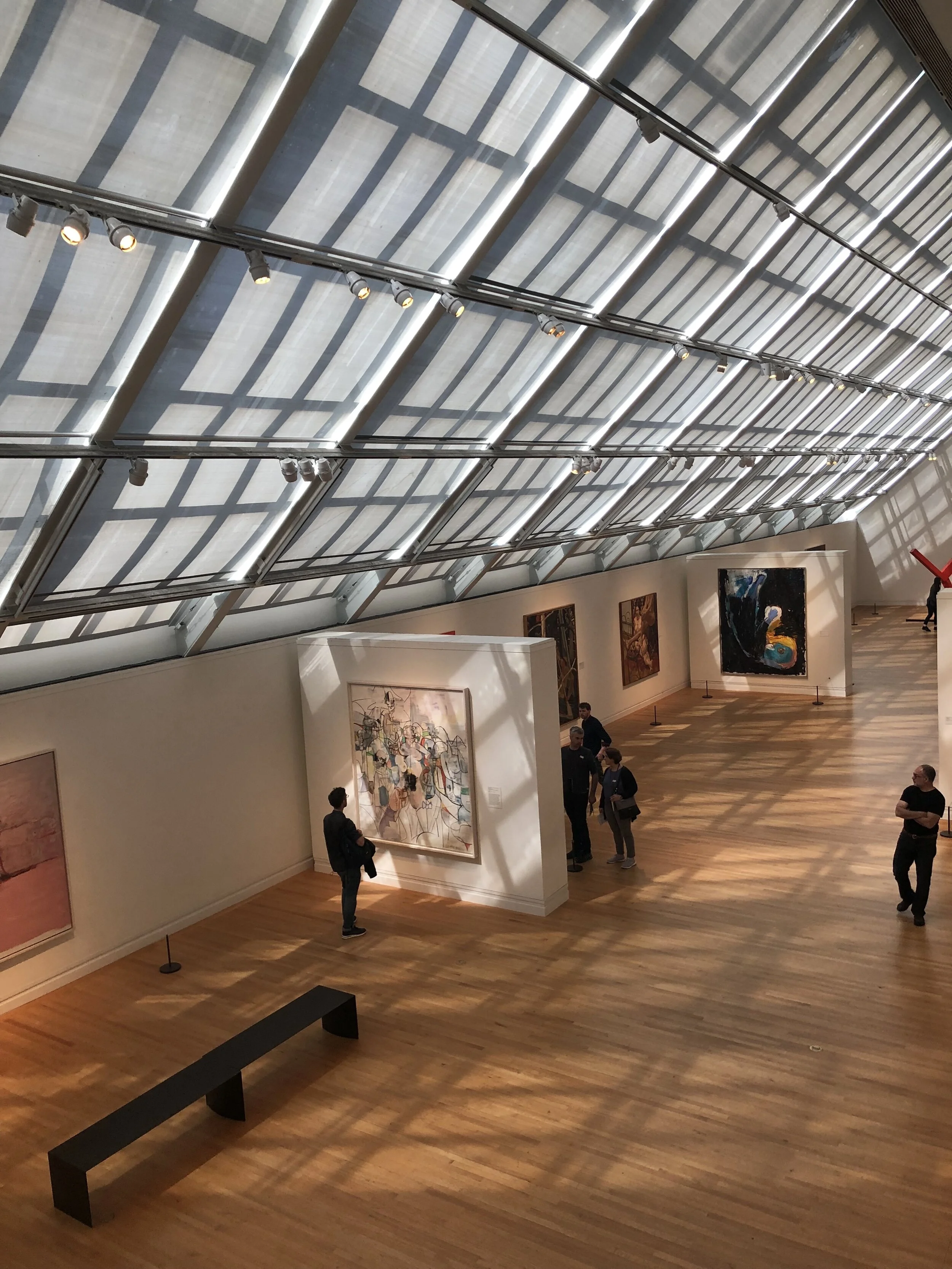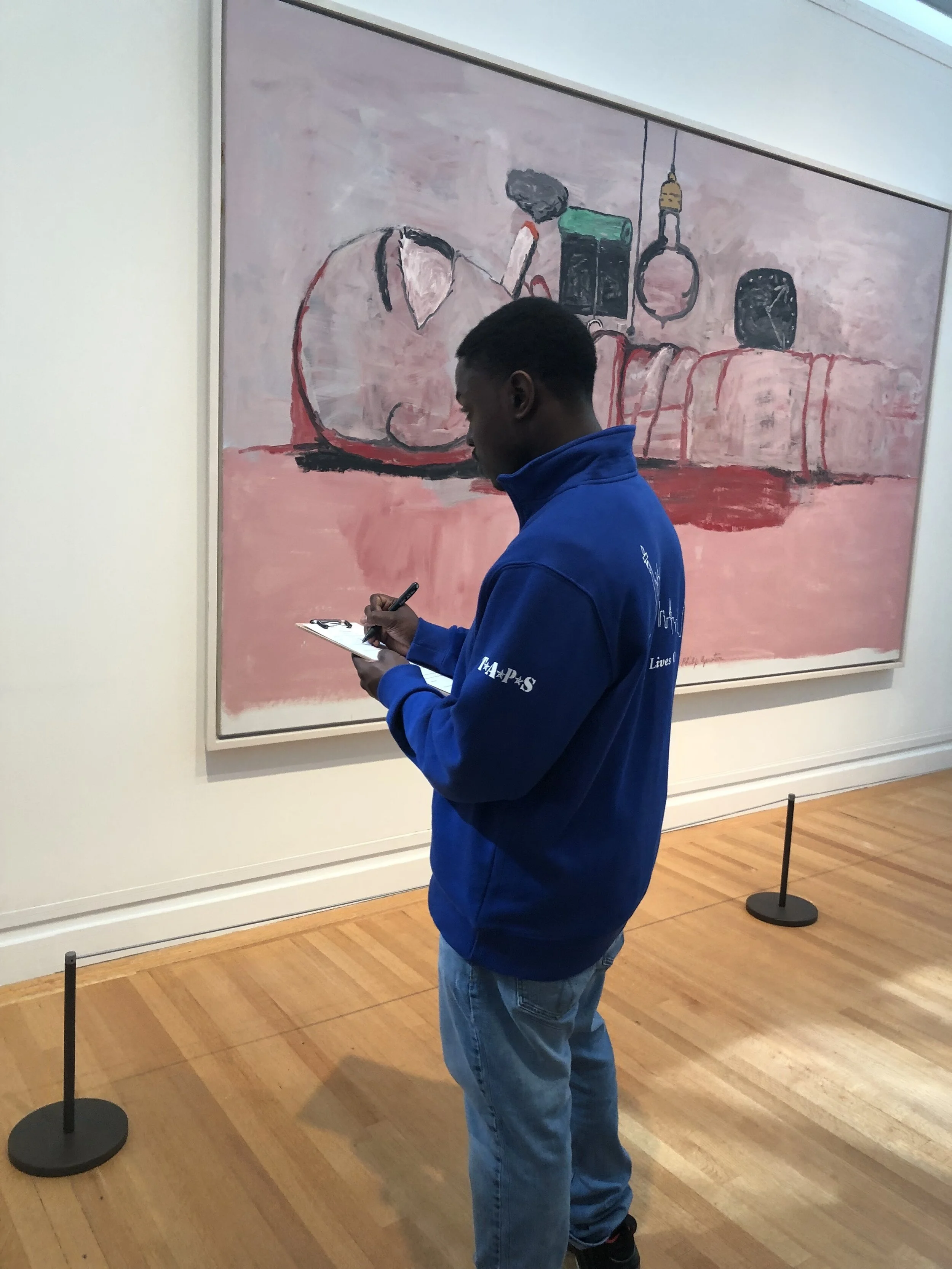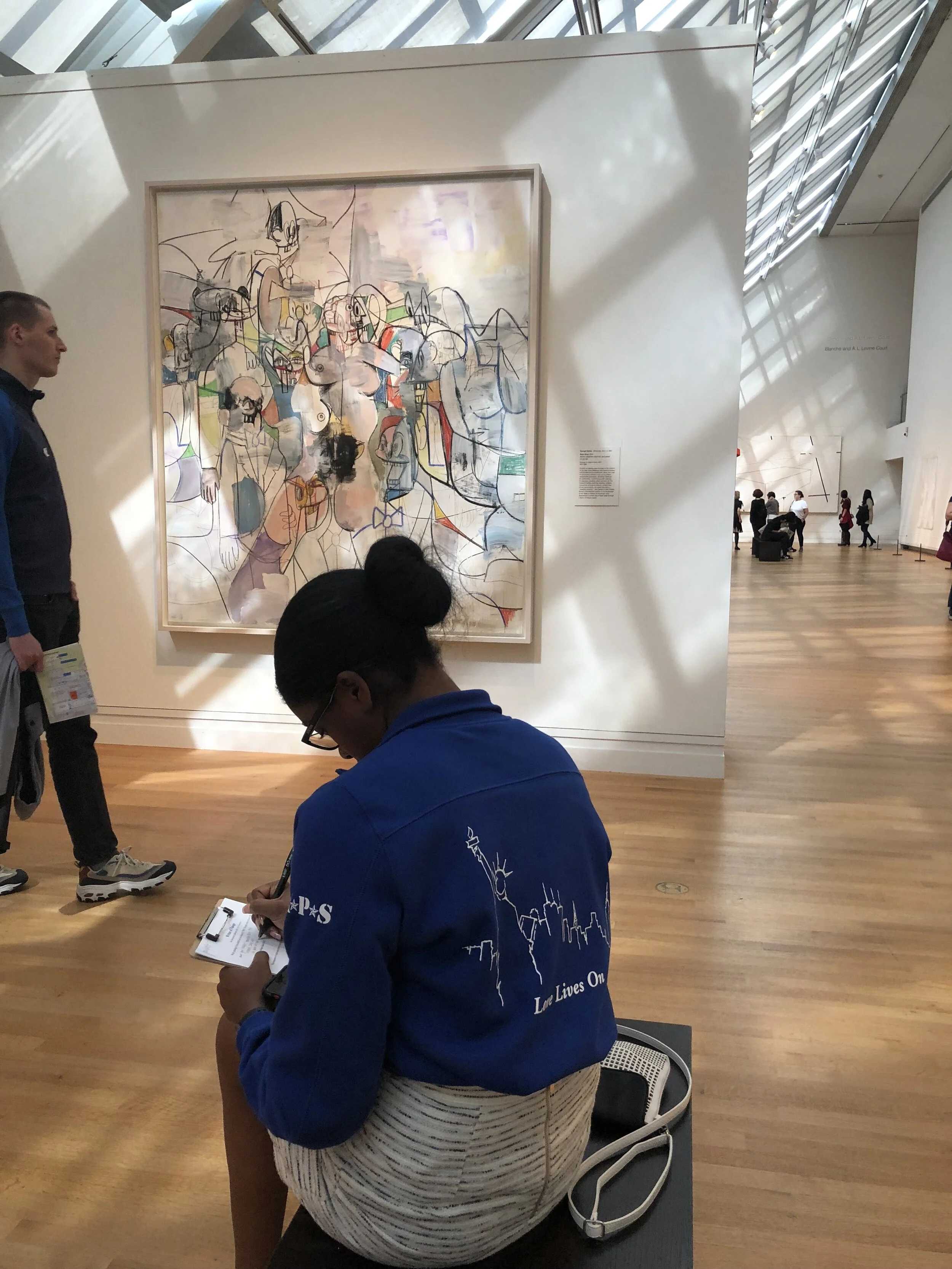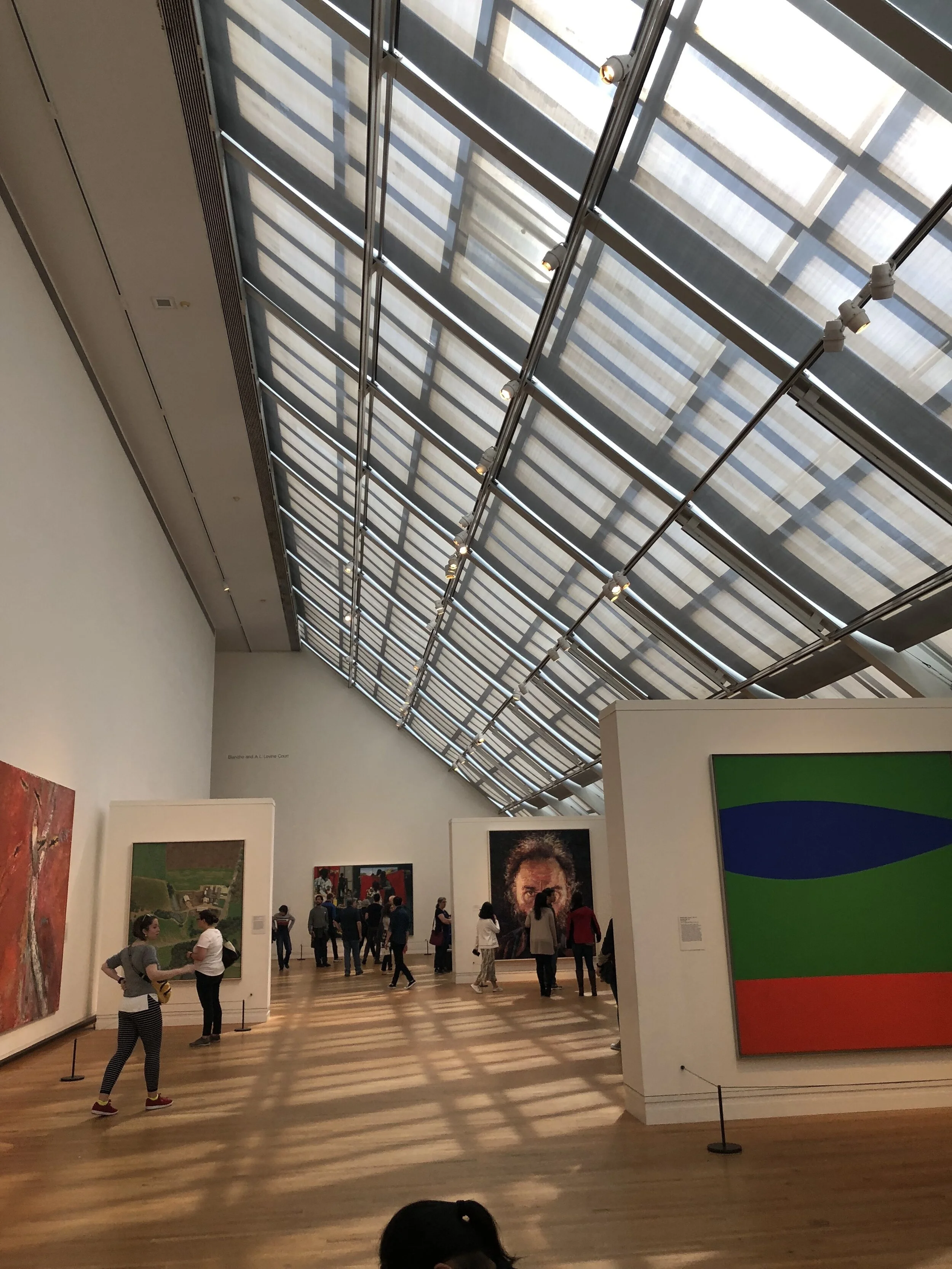"Epic Abstraction: Pollock to Herrera" at the Metropolitan Museum of Art
T.A.P.S.'S LEGACY MENTORS, DURING THEIR ANNUAL TRIP TO NEW YORK CITY, EMBARKED ON A TOUR OF THE MUSEUM'S EXHIBIT EPIC ABSTRACTION: POLLACK TO HERRERA THEN WANDERED THE MUSEUM INDEPENDENTLY FOLLOWED BY A WRITING WORKSHOP.
Epic Abstraction: Pollock to Herrera at the Met was a perfect match for working with The Tragedy Assistance Program for Survivors given the exhibit’s historical and cultural pertinence to T.A.P.S. and its mission. The tour began with a historical overview of Abstract Expressionism with a specific focus on considering the movement as a response to the loss and suffering endured during the early 20th century such as the Great Depression and World War II. Many members of the group could relate to the feelings of grief and disillusionment that the artists of the 1940s felt following the massive losses that accompanied the war. “My grief is indescribable some days. It can be so hard, impossible, really, to put in words,” one participant noted. So, too, the artists such as Jackson Pollock, Mark Rothko, Barnett Newman, and Arshile Gorky, among many others felt. They powerfully channelled what they were feeling to best convey what their human experience felt like. They transcended the typical artistic conventions of their time to explore shape, texture, scale, and color to evoke the nature of their thoughts and the history they had lived through. The paintings are emotionally charged, evocative, and meaningful, especially as the T.A.P.S. participants sought to explore their stories of grief, loss, and triumph by using each painting and sculpture as a lens into their personal journeys.






